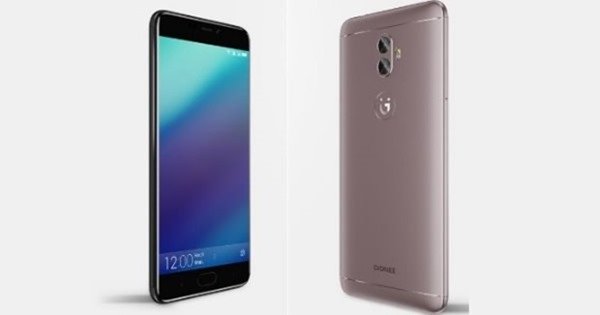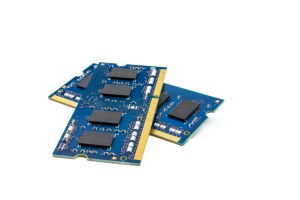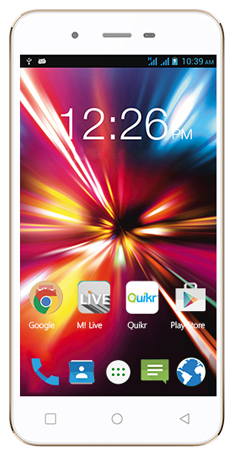Mobiles came and stayed. Smarter variants in the form of smartphones came in and stayed with a market changing impact. Now, tablets have started becoming the haute couture of the consumer electronics market. The number of products in these spaces have kept on increasing by the dozens almost every month.
When there wasn’t much else to break ground in these markets, Samsung which has increased its innovation standards ahead of most of its competition in the past two years, introduced the Samsung Galaxy Note, an attempted crossover between a smartphone and a tablet. A very smart innovation that resulted in a vital boost of sales for Samsung. In the process however Samsung hadn’t just boosted its sales or innovated upon its Galaxy series of smart products.
In essence this was the birth of the now very infamous phablet.

Post the launch of the Samsung Galaxy Note, another variant of the Note was unleashed in the form of the Samsung Galaxy Note 2 which in essence again settled this new segment of a smartphone and tablet, the crossover–phablets.
As with all new segments the phablet segment too started seeing an influx of a large number of devices from different manufacturers. Soon LG and Huawei were in the fray along with Micromax and Karbonn bringing up the rear end of this segment.
The phablets were symbolized by their giant screens, smart business features and also their magnificent processors. Micromax and Karbonn specifically were very swift in launching numerous variants as well as products in the phablet segment like the Micromax Superfone A100, A110 Superfone Canvas 2, A116 Canvas HD, Karbonn A30.
With these offerings getting glitzier by the day, the average consumer is getting drawn towards the phablets because of the uber cool gadget proposition that they promise along with the functionality of both a smartphone and a tablet all in one. Furthermore all these capabilities are coming at a lesser price now with the pretty competitive products from Micromax and Karbonn.
However are these phablets really as fab as they seem to be or are they just a few bigger gadgets that are trending for a period of time?
Considering all the advantages of a smartphone-tablet crossover that they provide, it would seem that phablets are here to stay. But if we look more closely phablets might not be as fab as what they say.
-
Mobility:
What is a mobile device if its not mobile in the first place. Phablets may be the smart end crossover of a smartphone and a tablet but when it comes to effortlessly carrying around a great gadget, a phablet gets beaten, hands down. In order to actually have a phablet on you all the time around, a bigger pocket is a definite requirement and if not that you would actually need a bag or a pouch to carry around.
-
Utility:
When you buy a device, especially like a phablet which when coming from a renowned brand like a Samsung or an LG tend to burn a hole in your pockets, the least you expect out of the device is to fulfill your expectations in terms of the utility attached to the device. For a phablet the utility demand is that of high end smartphone capabilities at the same time doubling up as the mini-computing and entertainment needs that a tablet satisfies. But does a phablet fulfill these. While a Samsung Galaxy Note 2 does serve a few business utilities, but to a hardcore business person that might hardly be enough. Then again we can’t again catch up on a movie on a phablet, the same way we can on a tablet.
Consider all these and I am sure the phablet manufacturers need to sort out whether this segment is there to bring in a value to the consumer electronics market which will definitely be the watchword with the market getting overcrowded day in and day out or its just a gimmick for today.
As such, till then, phablets can only be considered flab and not fab.
[About the Author: The article has been contributed by Rupam Gogoi, who is part of the Find Yogi Team]






![Top 8 Best 6 GB RAM Mobile Phones [2017]](https://thegadgetfan.com/wp-content/uploads/2016/03/Vernee-Apollo.jpg)

![Top 15 Mobiles With Longest Battery Life [12 hours +]](https://thegadgetfan.com/wp-content/uploads/2014/10/increase-battery-backup-tgf.png)
One Comment
Pratik
True, there are many people who gets attracted towards the big screen when phablets arrived in the market but after that many of its disadvantages come forward, I think that's why Apple not trying to increase the screen size of its iPhone keeping a difference between Phones and Tablets.